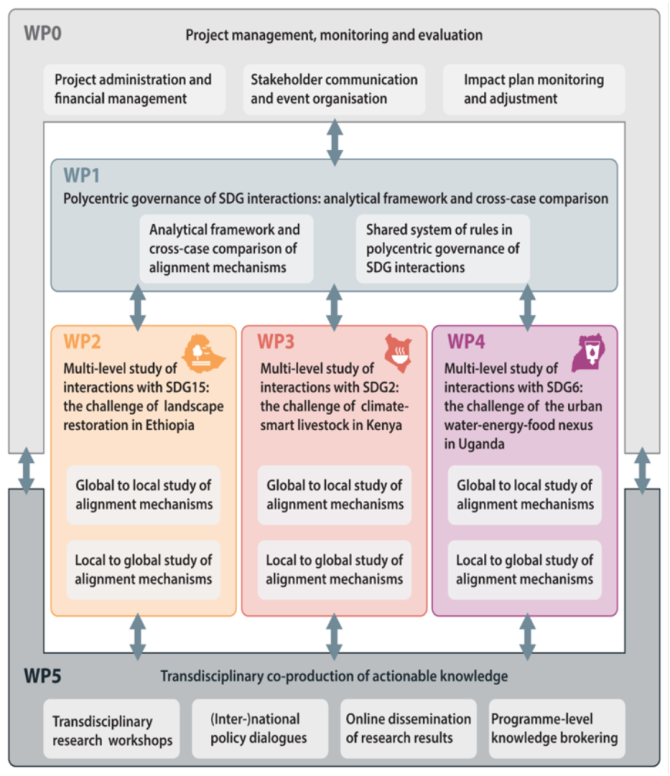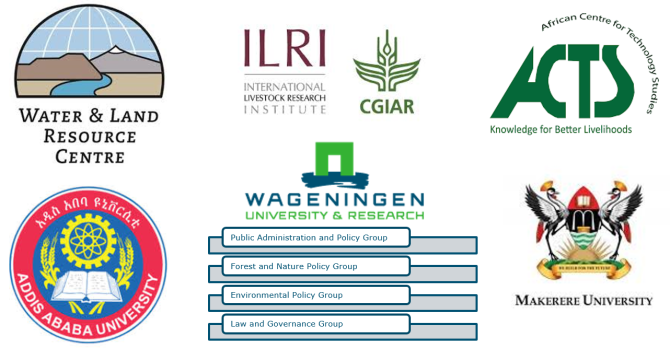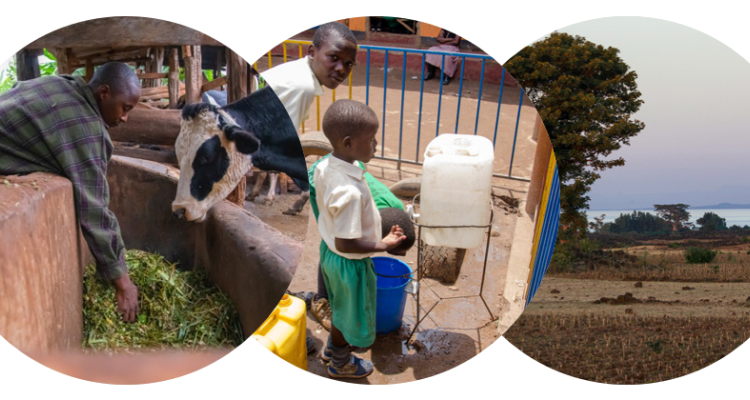Project Summary
Numerous governments, businesses, and civil society organisations aim to contribute to achieving the 17 Sustainable Development Goals in the global South. However, cherry-picking SDGs coupled with lack of alignment between initiatives means trade-offs are not addressed and opportunities for synergy are missed. Progress towards achieving the SDGs is hampered by international development projects duplicating efforts on the ground; lack of coherence between donor policies; misalignment between national policies and multilateral development programmes; and diverging private sector investments. Aligning SDG efforts by these public and private actors operating across levels has itself become a challenge that will determine whether SDGs will be met in 2030. Together with our international, Dutch and East-African partners, this project will study the effectiveness of governance mechanisms that aim to align SDG efforts between (1) donors’ domestic and foreign policies, (2) donors and recipients, (3) different donors, and (4) public and private initiatives. By working across disciplines and with stakeholders, we will produce actionable research results. Policy briefs with tailored recommendations for co-designing inclusive and effective polycentric governance arrangements will be produced. We aim to support better alignment between development actors and efforts, so as to minimise trade-offs, maximise synergies, and achieve the SDGs in Ethiopia, Kenya and Uganda.
In each case study country, one SDG is the starting point for studying trade-offs and synergies with other SDGs:
- Ethiopia: Multi-level study of interactions with SDG15 (Life on land): the challenge of landscape restoration
- Kenya: Multi-level study of interactions with SDG2 (No hunger): the challenge of climate-smart livestock
- Uganda: Multi-level study of interactions with SDG6 (Clean water and sanitation): the urban water-energy-food nexus
Project structure

Co-applicants

International cooperation partners


